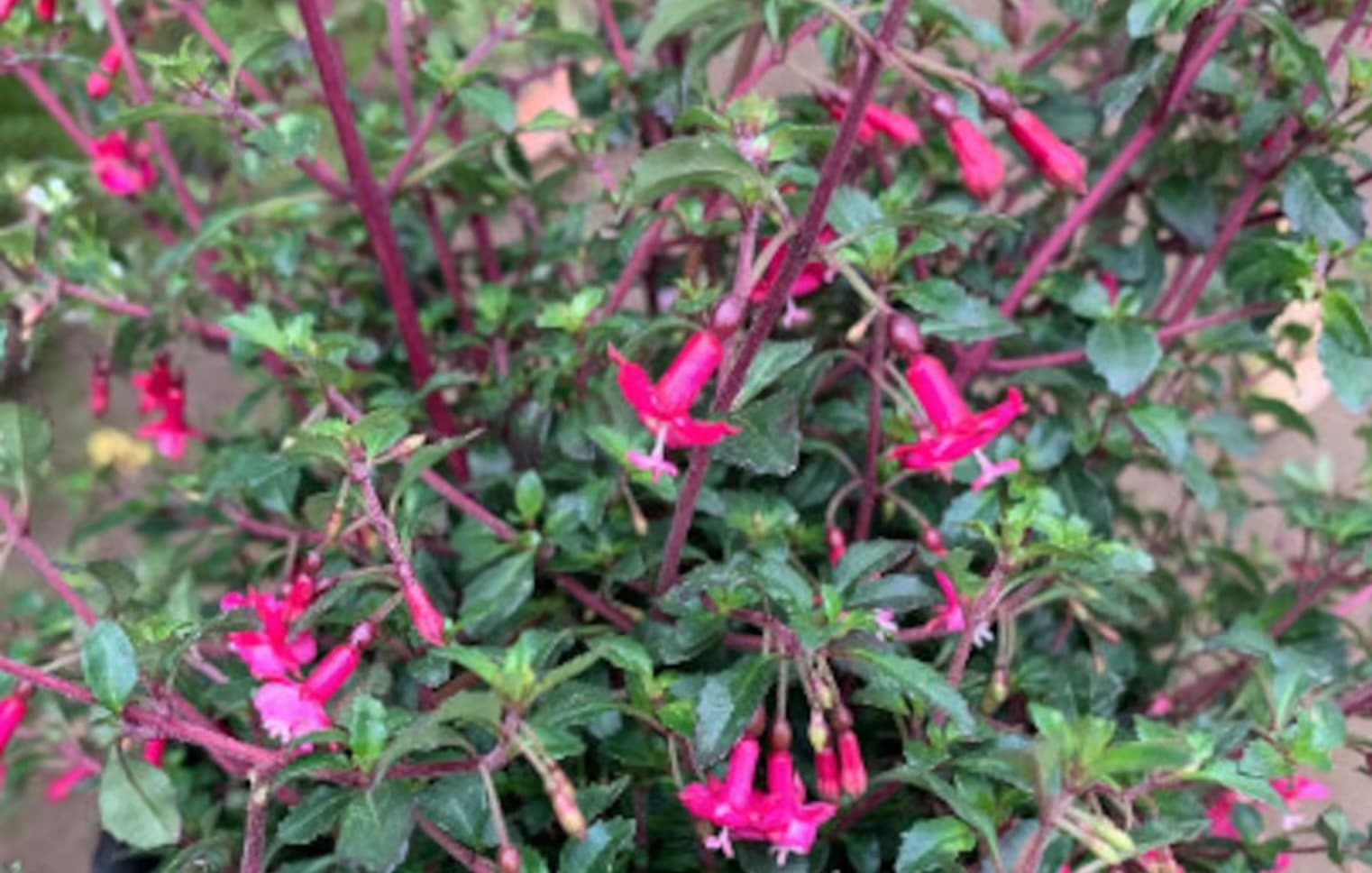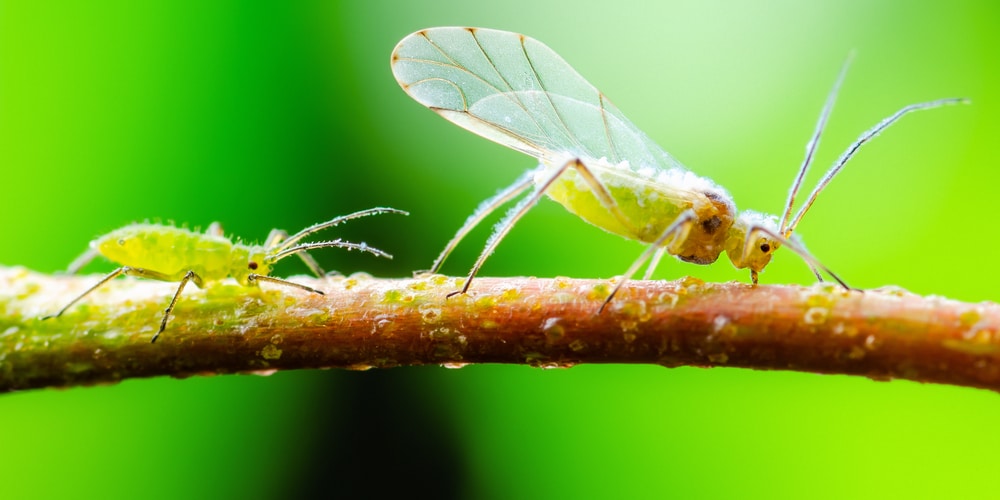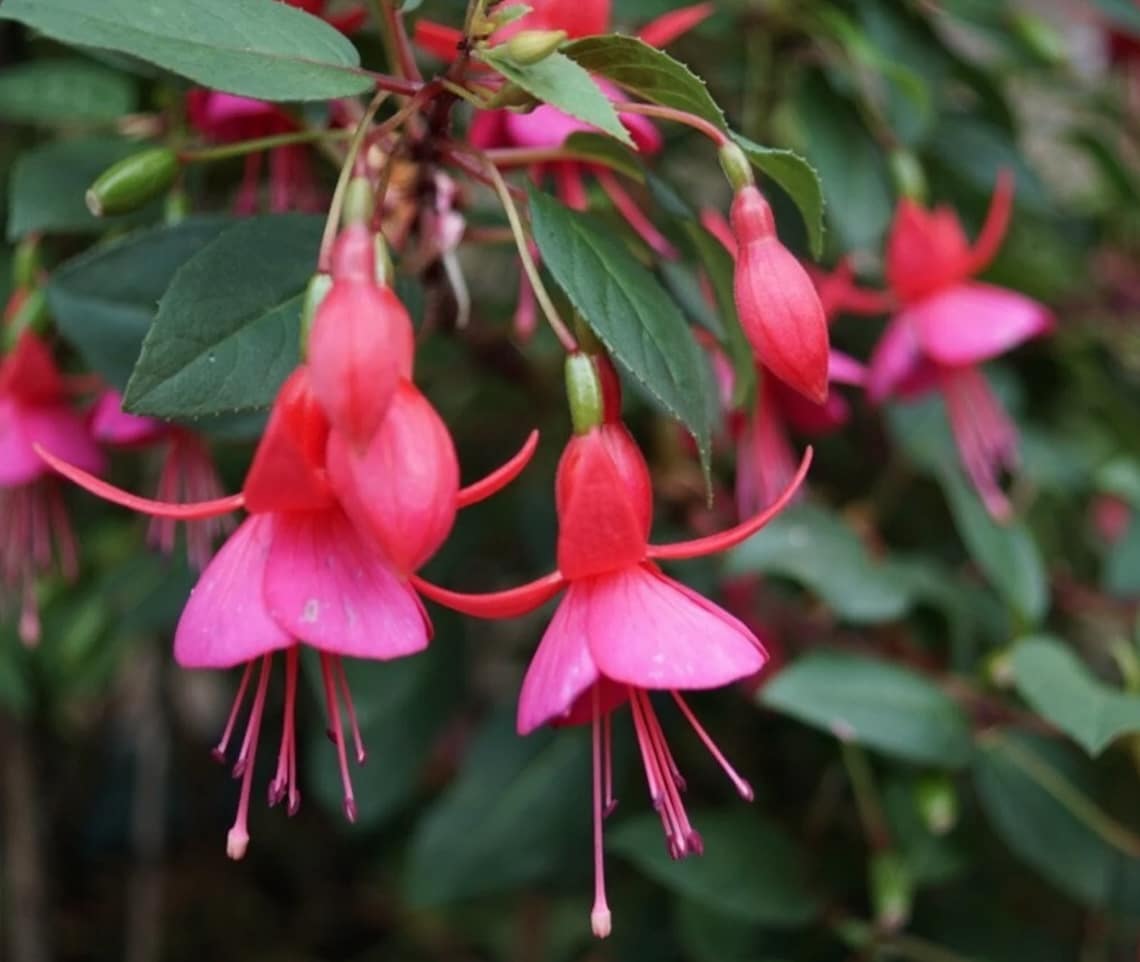Do you need to add a splash of color to your garden? Fuchsia plants might be your ideal solution if you live in a warm region with temperatures that stay consistently above 50°F. These plants’ blooms are colorful and fragrant.
They will attract plenty of beneficial pollinators to your garden, including hummingbirds. Growing fuchsias isn’t particularly challenging.
However, you’ll need to be careful with the climate. After all, these plants have a low tolerance to cold temperatures. But do you want to know how to revive a fuchsia plant? Keep reading this essential guide we put together for you to find out!
Why Are Your Fuchsias Dying?
Growing fuchsias might be frustrating if you don’t live in a suitable climate. And watching your plants wilting and not showing the vividly colored blooms that characterize them can be saddening. Luckily, you may be able to revive your fuchsia plant if you manage to identify what might be causing its death.
Wilting is one of the first signs something is wrong with a plant. While many people associate it with a lack of water, that’s not the only thing that might cause your plant to look droopy.
While fuchsias are heavy feeders, which you’ll need to provide with plenty of water (and that thrive in constantly moist soil), they don’t do well in soggy soil. Too much moisture might cause them to die. So, make sure you plant your fuchsias in well-draining soil and water them as soon as the substrate begins to dry.
Don’t forget that the frequency you add moisture to your plants will depend on your local weather conditions.
Consider adding a thick layer of mulch around your plants to improve drainage and water retention. Also, while fuchsias like warm temperatures, too much heat can make them suffer. Consider moving your plants to a location where they can get some protection from the sun to keep them healthy, even during the hottest months of the year.
Pests and Diseases
Another common cause of problems for fuchsias is pests and diseases. If you feel you are not doing anything wrong with the watering schedule and that the climate is ideal, you might have to look for symptoms of attacks from bugs or diseases.
Common insects that like to bother fuchsias include aphids and whiteflies. Make sure you take prompt action to remove them as soon as you notice them on your plants. Doing so will help you prevent an infestation.
Alternatively, your plant might have caught a disease. More often than not, moisture causes that. Fungal infections thrive in humid environments, so ensure your plant gets adequate aeration. If necessary, prune your plant to allow better airflow. Also, you can spray your fuchsias with neem oil as a preventive measure. It will also help with the bugs!
How to Revive A Fuchsia Plant
When you identify the cause of the problems with your plant, reviving a fuchsia plant isn’t as challenging as you think. All you have to do is recreate ideal conditions for its growth. After all, with adequate care, fuchsias can live several years (up to 20!).
If you notice your plant struggling, we recommend cutting it to half its size. Also, move your plant to another pot with a different potting mix. Don’t forget to add some fertilizer to encourage lush growth and increase the recovery speed.
Ideally, place your fuchsia somewhere where airflow is adequate. Also, avoid exposing your plant to direct sunlight for more than six hours: too much sunlight might be detrimental. Instead, bright indirect light might slow down the recovery, but it will ensure you get long-lasting solutions.
Besides that, try changing your plant’s growing conditions following the suggestions we included in the previous sections.


